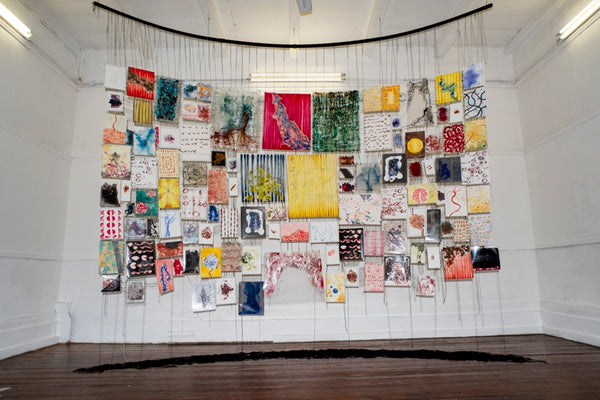Tabitha SHORT
Tabitha Short is a young artist whose work is inspired by her interest in systems, such as those found in biology, mathematics and ballet, as well as her experiences with mental health difficulties.
Short finds the idea of “hysteria” (a “medical” diagnosis in the Victorian era) quite humorous, the idea that if a woman is sad or uncooperative she must be suffering from some madness caused by her uterus, is simultaneously deeply tragic, and hilarious. Hysteria is a clear illustration of the way that historically (and currently) society has been quite unkind to those suffering from mental illness. Short plays with this conception of the fragile young woman by painting in watercolours and embroidering on top of those paintings, these are both activities that Jane Austen and her contemporaries might describe an “accomplished” young woman partaking in or that a tragic Victorian heroine might be described as doing compulsively. By combining the two activities and using them to deal with subject matter that has never been considered “ladylike”, a serious consideration of one’s own pain, desires and healing and a preoccupation with patterns, mathematics and humour, Short attempts to rebel against the preconceptions English culture specifically has for the docile damaged woman.
Some of the watercolours that Short uses in her work are the same watercolour pans that her grandfather, a classically trained painter, used for his preparatory studies. Using these same paints to create finished works in a style that Martin Short would almost certainly have disapproved of adds another layer of timid rebellion to Tabitha Short’s work, Martin Short and other deceased patriarchal figures are a much easier target than living ones.
It is Short’s hope that her work has a soothing effect on those who encounter it, to challenge the pain centric way that mental health is often discussed and to hopefully leave those who encounter it slightly better off than before. Short attempts to do this by making use of patterns of her own devising that mimic the patterns found in nature (proven to be soothing to viewers) but are also meaningful (emotionally and conceptually) to Short.
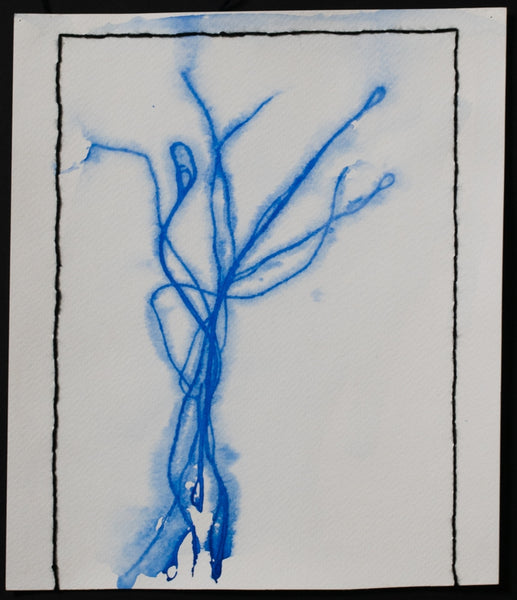
Tabitha SHORT
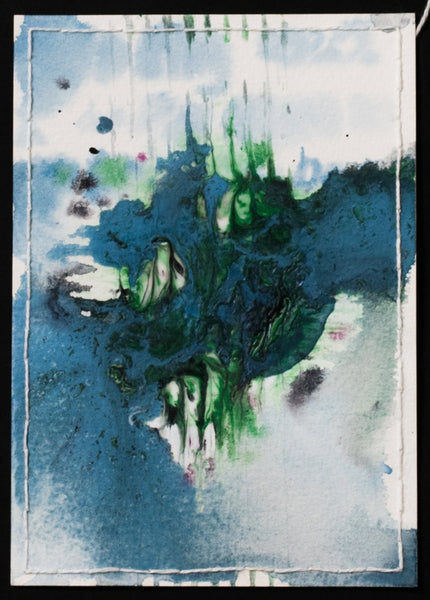
Tabitha SHORT
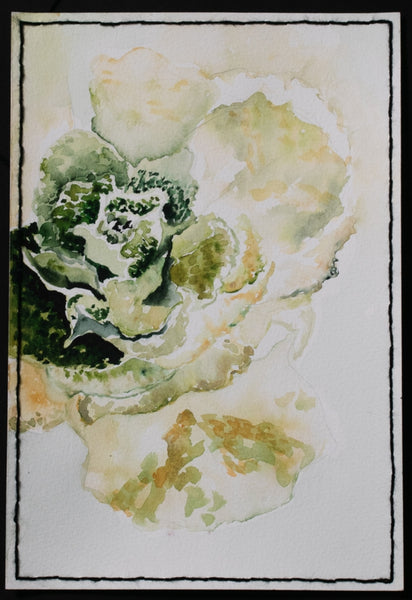
Tabitha SHORT
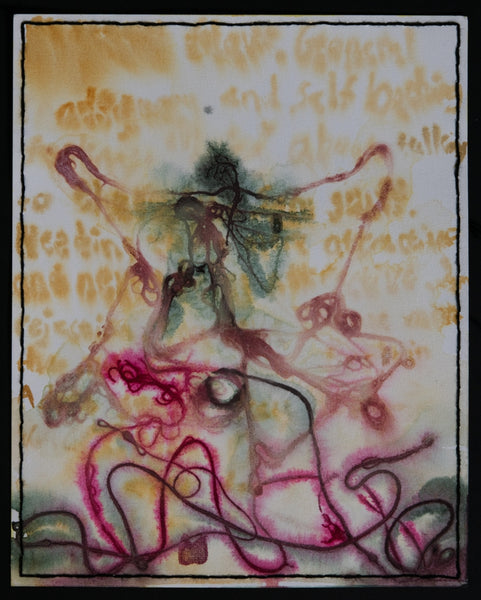
Tabitha SHORT
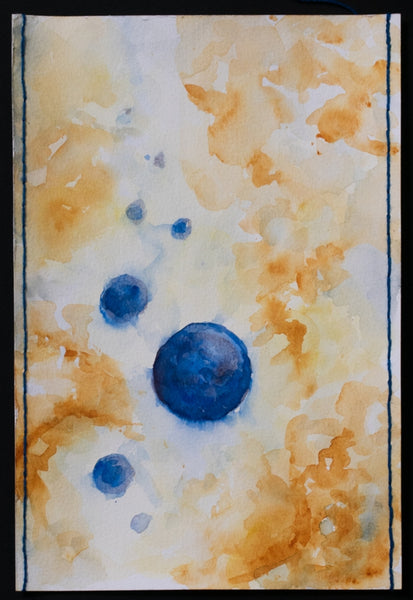
Tabitha SHORT
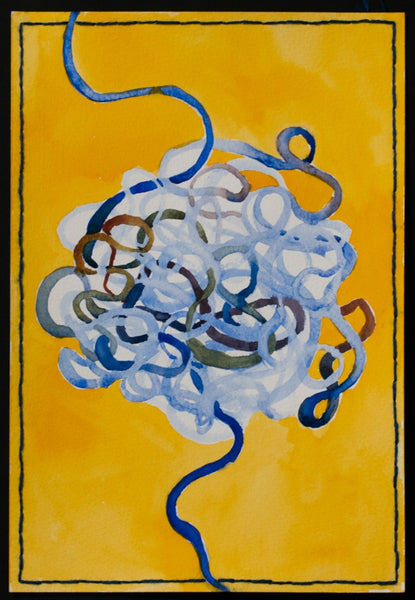
Tabitha SHORT
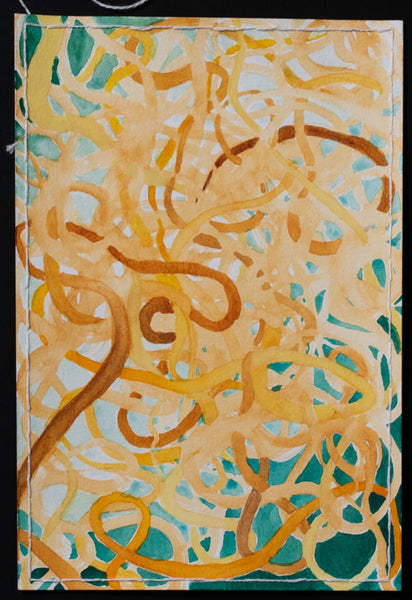
Tabitha SHORT
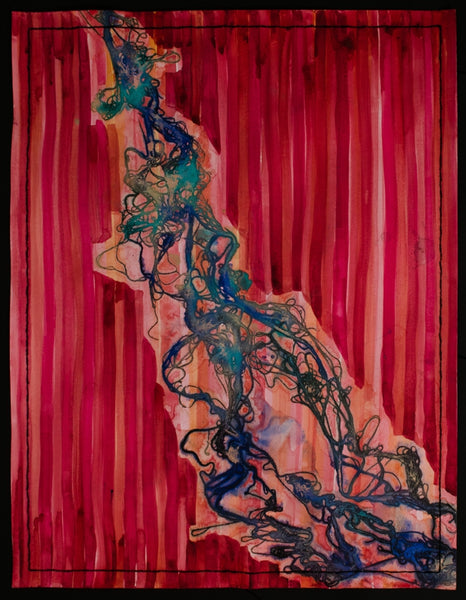
Tabitha SHORT
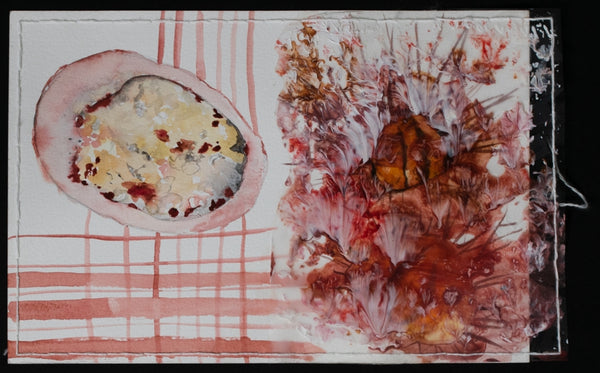
Tabitha SHORT
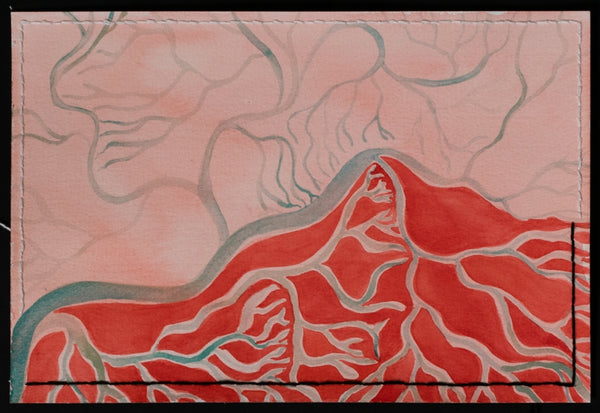
Tabitha SHORT
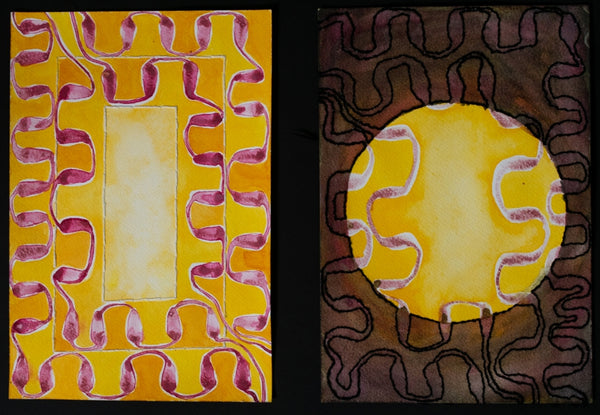
Tabitha SHORT
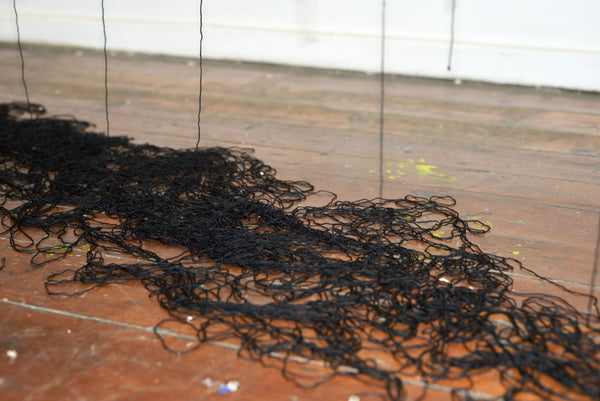
Tabitha SHORT
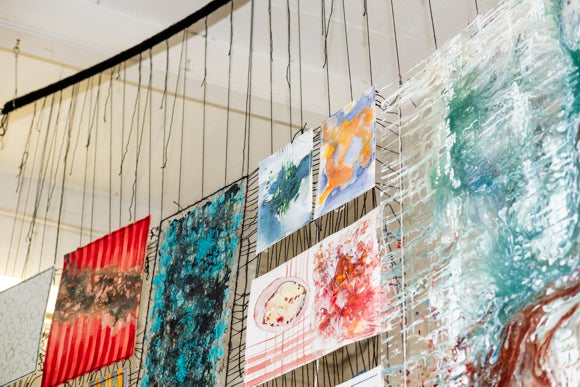
Tabitha SHORT
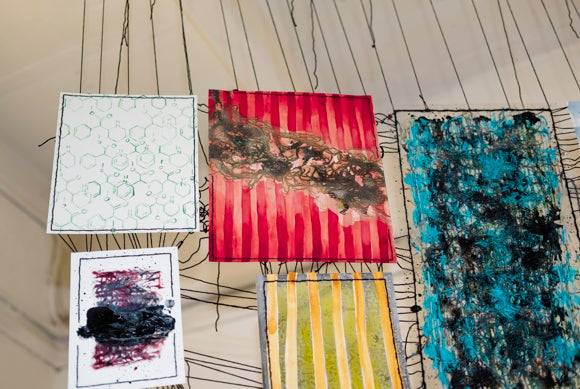
Tabitha SHORT
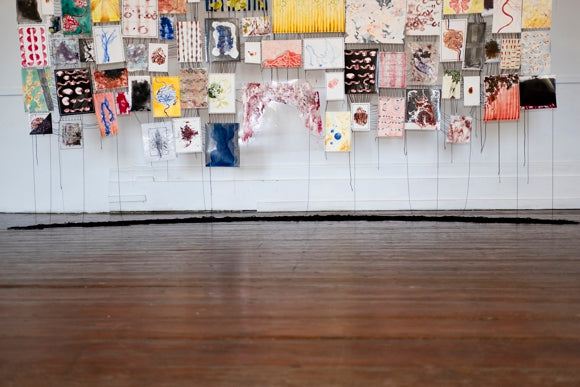
Tabitha SHORT
